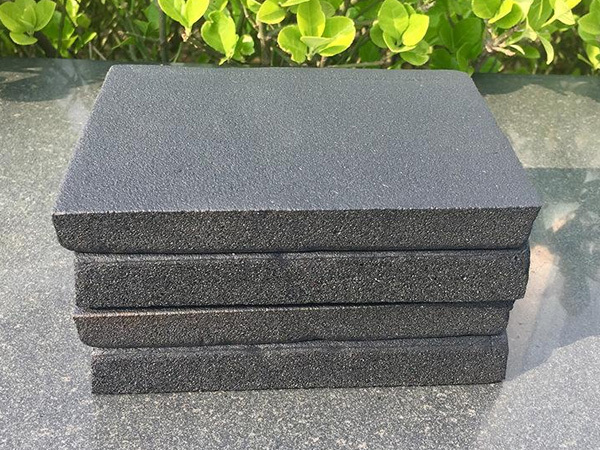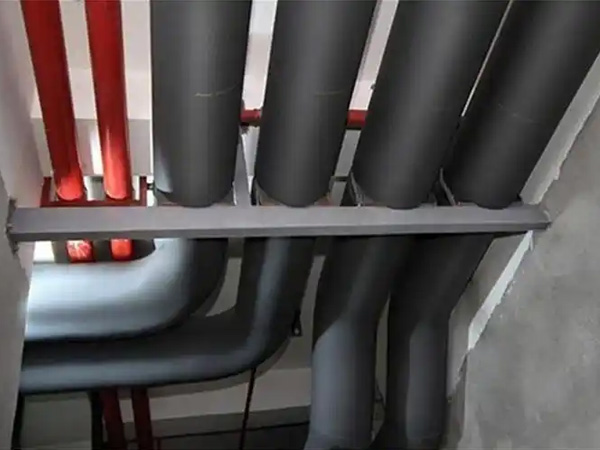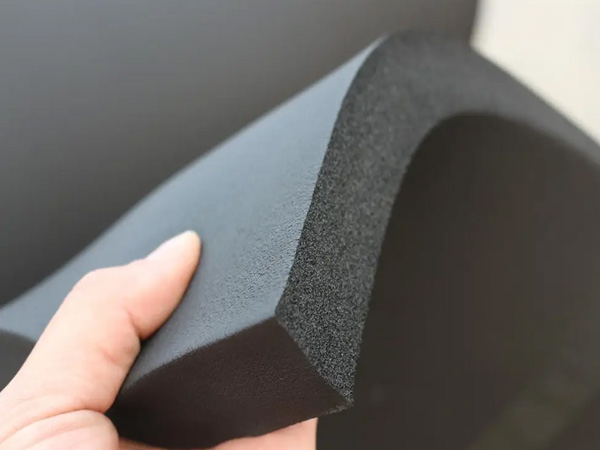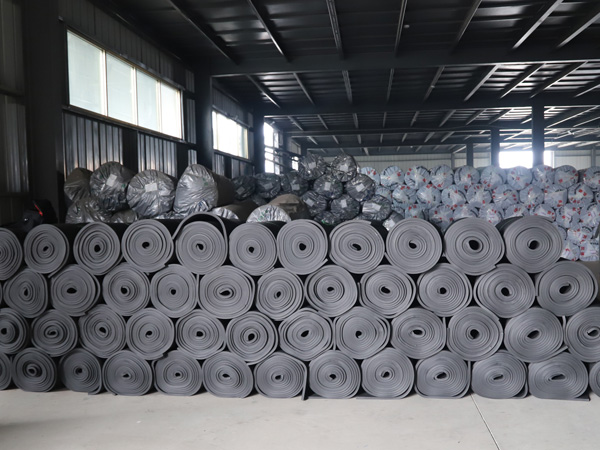Key Considerations When Combining Phenolic Foam Boards with Other Insulation Materials
2025-06-18 14:52:23
Key Considerations When Combining Phenolic Foam Boards with Other Insulation Materials
Compatibility of Materials
Thermal Performance: Ensure the thermal conductivity (λ-value) and resistance (R-value) of the phenolic foam align with the other materials (e.g., EPS, XPS, mineral wool) to avoid thermal bridging or inconsistent performance.
Vapor Permeability: Phenolic foam has low vapor permeability. When paired with vapor-open materials (e.g., mineral wool), design the layers to prevent moisture trapping (e.g., placing phenolic foam on the warmer side).
Fire Safety
Phenolic foam is inherently fire-resistant (typically Class B/B1). When combined with combustible materials (e.g., EPS), verify compliance with local fire codes. Layering with non-combustible materials (e.g., rock wool) may enhance fire safety.
Mechanical Properties
Density and Load-Bearing: Phenolic foam is rigid but less dense than materials like XPS. Ensure structural compatibility, especially in compressive load applications (e.g., under roofs or floors).
Adhesion and Bonding: Use compatible adhesives for hybrid systems. Test adhesion between phenolic foam and other substrates (e.g., PIR, foam glass) to delamination risks.
Moisture Management
Phenolic foam’s closed-cell structure resists water absorption but may trap moisture if improperly layered. Pair with drainage layers or vapor barriers in high-humidity environments.
Installation Practices
Joints and Gaps: Seal joints meticulously when combining with fibrous materials (e.g., fiberglass) to avoid air leakage.
Thermal Expansion: Account for differential expansion rates (e.g., phenolic vs. metallic sheathing) to prevent warping or gaps over time.
Environmental and Durability Factors
UV Exposure: Phenolic foam degrades under UV light. Always cover it with protective layers (e.g., renders, facades).
Chemical Reactions: Avoid direct contact with materials containing solvents or bitumen unless tested for compatibility.
Cost and Efficiency
Hybrid systems should balance cost and performance. For example, phenolic foam’s high R-value may allow thinner layers, reducing bulk when paired with lower-performance materials.
Best Practices
Conduct mock-ups to test material interactions.
Follow manufacturer guidelines for hybrid assemblies.
Prioritize fire-rated assemblies in buildings over 18 meters (or per local regulations).
Let me know if you’d like elaboration on specific combinations (e.g., phenolic + PIR, phenolic + mineral wool).

OurFlame Retardant Rubber Foamis a premium closed-cell elastomeric insulation material engi...

OurRubber Pipe Insulationis a high-performance solution designed specifically for HVAC pipi...

Rubber Foam Insulation Sheet – Product Introduction Premium Flexible Insulation for Therm...

Specially engineered for refrigeration applications, ourElastomeric Rubber Insulationprovid...



